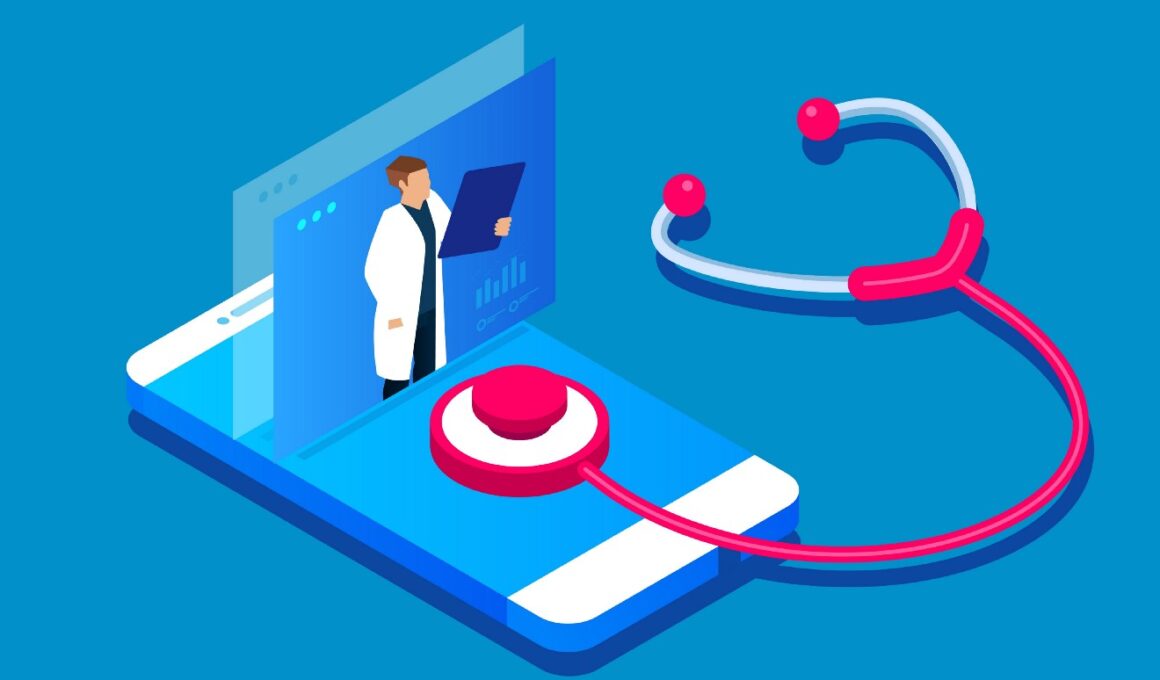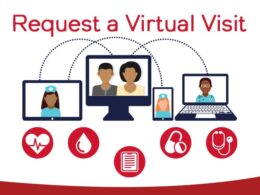Fierce Health Care
by Dave Muoio
Aug 10, 2021 3:20pm
Credit to the image: Getty / Sesame
Citations:
- Yauheni Solad, M.D., medical director of digital health and telemedicine at Yale New Haven Health
- Dennis Weaver, M.D., chief clinical officer at startup insurer Oscar Health,
- Jayneel Patel, vice president of health and life sciences center of excellence at Salesforce consultant Simplus.
- Tania Elliott, M.D., chief medical officer of virtual care, clinical and network services at Ascension Health
Whether it’s a patient app, symptom checker, digital concierge services or a telehealth platform, there’s little shortage when it comes to options for a “digital front door” in the modern healthcare landscape.
Particularly with the COVID-19 pandemic still in full swing, nearly every healthcare organization is developing or adopting new digital tools to facilitate a smoother patient experience and encouraging other healthcare stakeholders to do the same.
“Everybody who is not investing in a digital front door right now-or [not] investing in the tools that will be covering experience from the patient side and the clinician side-are potentially creating a lot of friction for the future,”
said Yauheni Solad, M.D., medical director of digital health and telemedicine at Yale New Haven Health, at the 2021 Healthcare Information and Management Systems Society (HIMSS) Global Conference in Las Vegas.
While one might be hard-pressed to find experts at HIMSS21 or any other health tech industry event that would argue the contrary, some stakeholders are calling for a more tactical approach to deployment.
They say the deluge of near-equivalent digital tools has reached the point where it is often harming the patient-or healthcare consumer-experience.
“One of the things that concerns me is the consumer gets hit up by everybody’s digital front door, everybody’s digital interaction,”
Dennis Weaver, M.D., chief clinical officer at startup insurer Oscar Health, said during a HIMSS21 panel discussion.
“Completely agree on the state of the union when it comes to the healthcare ecosystem,”
said Jayneel Patel, vice president of health and life sciences center of excellence at Salesforce consultant Simplus.
“What’s missing right now is a way to bring all of that together …
where you literally put the patient in the center
and bring everything else together to make the overall experience more cohesive.”
The threat of overlapping digital tools doesn’t have to come from different organizations.
Speaking on a separate panel, Tania Elliott, M.D., chief medical officer of virtual care, clinical and network services at Ascension Health, noted that the health system had to set up its own governance structure to corral the numerous digital communications systems springing forth from its various projects.
However, the bigger issue comes when different organizations serving a single patient, such as a payer and a provider, lay claim to the same phase of the healthcare experience with their respective digital tools.
“A patient gets a bunch of texts from different programs within Ascension, then you have a payer saying,
- ‘We have virtual primary care services that are available and we’re your digital front door’;
- then you have these startups and asynchronous telehealth platforms and they’re the digital front door,
- and now they’re trying to spin up new use cases for patients,” she said.
“We need to all come together and figure out who’s in what lane, because it’s a little bit of the Wild West.”
“We need to all come together and figure out who’s in what lane, because it’s a little bit of the Wild West.”
Coordinating digital experiences is a relatively new challenge for provider organizations, which until recent years had the majority of their services limited to the four walls of their facilities, she said.
Price transparency resources, clinical decision-making tools and similar products are all “tremendously important” as the industry works to transform patients into smarter consumers, she continued, but haphazardly dumping those products onto an individual is a poor way to promote engagement.
Weaver echoed these concerns later in the day and noted that his company’s bundling of numerous
- healthcare services-insurance information,
- virtual primary care,
- vital sign tracking,
- drug information and
- lab results-within a single app
has brought Oscar Health high download rates and frequent repeated use from consumers.
Similarly, he said a virtual-first primary care offering recently launched by the company with many of these same included features unexpectedly drew a large proportion of patients with multiple chronic conditions. These individuals were “falling through the cracks” of traditional care-interested in a digital service for their high-needs conditions but unable to figure out how to navigate an ecosystem of point solutions from health systems and primary care specialists alike, he said.
To reach the next generation of care, the health ecosystem will need a “river guide” who can go even further in collecting or coordinating these digital and in-person services, he said.
Such a comprehensive solution would create an alternative to the present business models centered around transactions or cost reduction.
- “Who can deliver a comprehensive experience,
- the complete experience that can create value [with]
- the best clinical outcomes
- at a total cost-of-care price that’s going to be effective?”
Weaver said. “The future of this is that the business models are going to go that way.
If you can develop that comprehensive business model, then I think there’s a number of buyers that exist: employers are going to be interested in that [and] insurers are going to be interested in that.”
If you can develop that comprehensive business model, then I think there’s a number of buyers that exist.
Originally published at https://www.fiercehealthcare.com on August 10, 2021.












